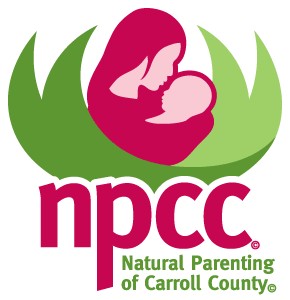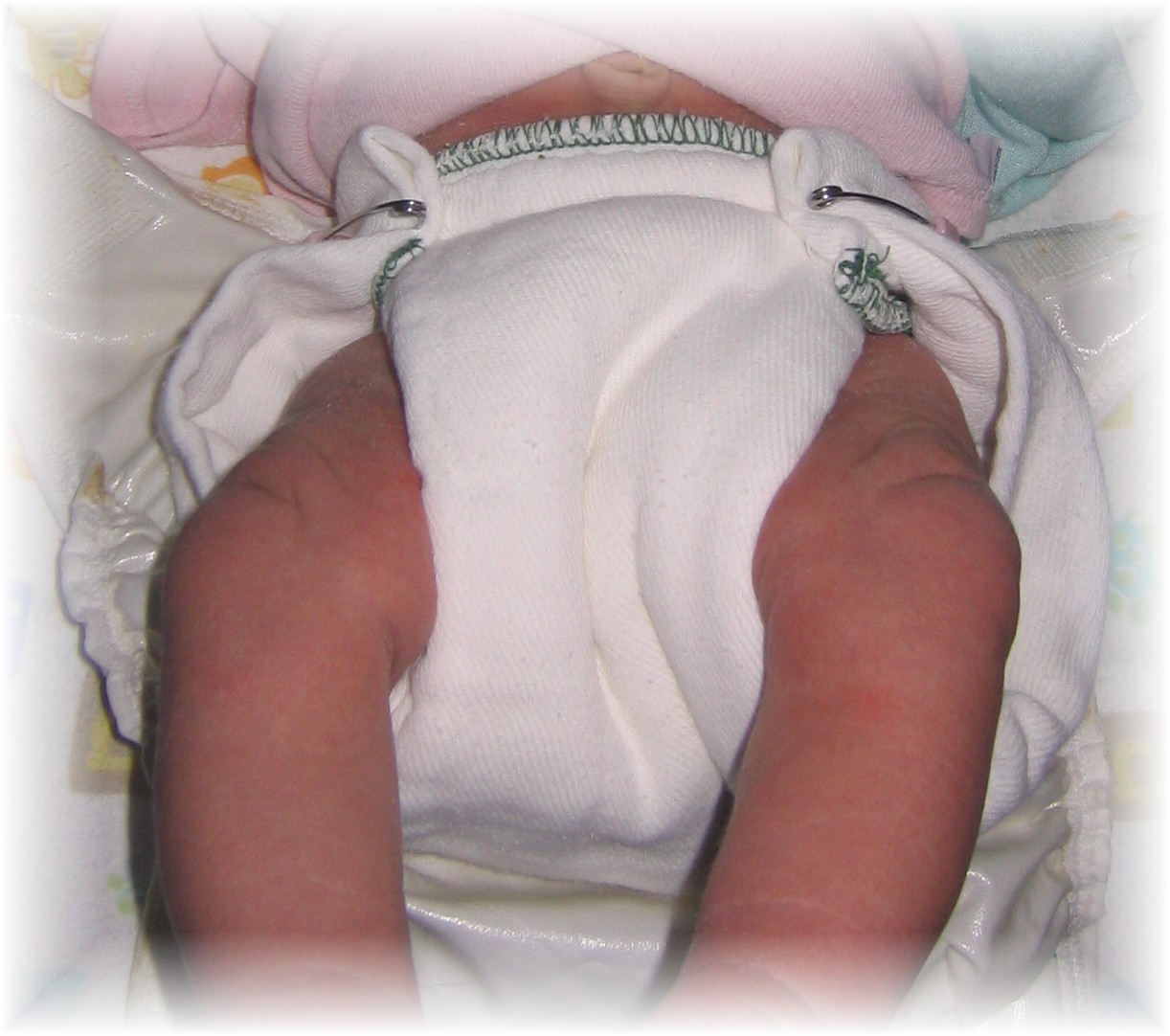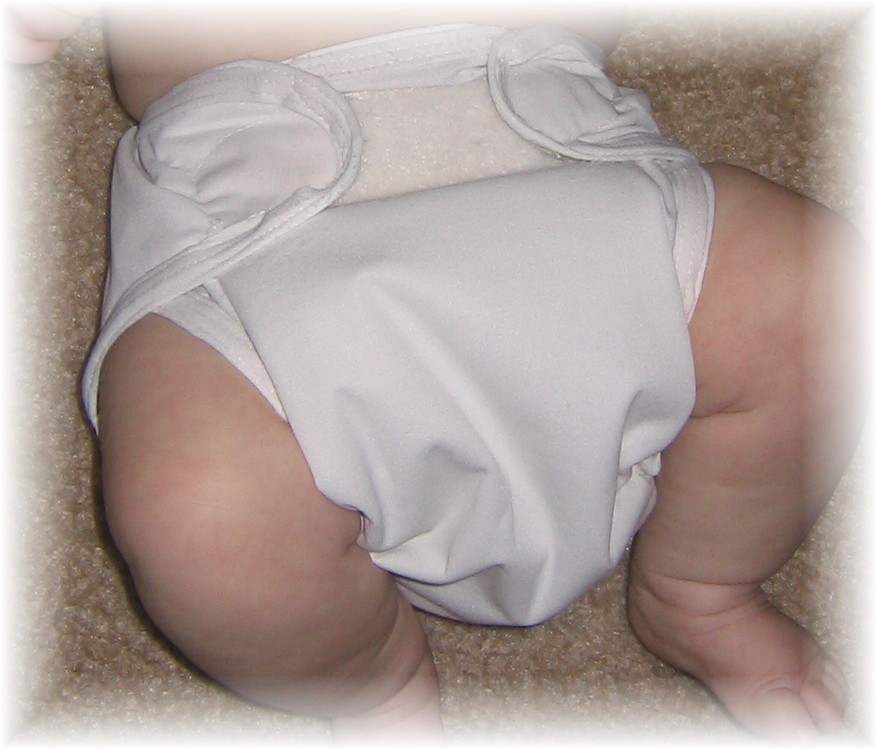
Cost Comparison:
Diaper Decisions
The Stork Wearhouse
FAQ/Info & Company Reviews:
Diaperpin
The Diaper Hyena
Favorite Stores:
Cuties N Cotton
All Cozy Baby
Baby Because
Babyminestore
BayBee
Borntolove
Chooseydiapers
Chubbie Bubbie Diapers
Cottonbabies
Drybees
DiaperSwappers
Diaperware
Doodlebuckets
Fuzzi Bunz Store
Fleece and Flannel
Good Mama
Granitesmiths on Ebay
Green Mountain Diapers
Jamtots
Jardinediapers
Just Ducky Baby
Katieskisses
Kidalog
Mama's Bug A Boo-A Baby Boutique
Motherease
Nicki's Diapers
Noss Galen Baby
Nurtured Family
Orangestarfish
Punkinbutt
Snap-Ez Diaper Company
Soft Cloth Bunz
The Stork Warehouse
Tinytush
Cloth Diaper advocacy baby clothing:
Little Earth Angels
Environmental Facts
from the Real Diaper Association:
- Disposable diapers generate sixty times more solid waste than cloth.
- Disposable diapers use twenty times more raw materials,
like crude oil and wood pulp.
- No one knows how long it takes for a disposable diaper
to decompose, but it is estimated to be about 250-500 years
under optimal circumstances, long after your children,
grandchildren and great, great, great grandchildren will be gone.
- Disposable diapers are the third largest single consumer item
in landfills, and represent about 4% of solid waste.
In a house with a child in diapers, disposables
make up 50% of household waste.
- Over 92% of all single-use diapers end up in a landfill.
- Throwaway diapers use twice as much water as cotton diapers,
mostly in the manufacturing process.
- One ton of garbage is created for each baby who uses disposable diapers.
SafetyFactors
from the Real Diaper Association:
Babies like soft comfortable clothes too!
Cloth is made comfy for baby's bottom and causes less diaper rash,
allergic reactions, and general skin aggravation than disposables. Disposable diapers contain many unsavory chemicals and toxins.
� In 1955, before modern disposable diapers were sold and consumed,
it was estimated that 7% of babies and toddlers had diaper rash.
In 1991, long after plastic disposable diapers dominated the market,
the number jumped to 78%.
� Disposable diapers contain traces of Dioxin, an extremely toxic
by-product of the paperbleaching process. It is a carcinogenic chemical,
listed by the EPA as the most toxic of all cancer-linked chemicals.
In small quantities, dioxin causes birth defects, immune system
suppression, skin and liver diseases, and genetic damage
in lab animals. It is banned in most countries, but not the U.S.
� Disposable diapers contain Tributyl-tin (TBT) a toxic pollutant known
to cause hormonal problems in humans and animals.
� Disposable diapers contain Sodium Polyacrylate, a type of super
absorbant polymer (SAP), which becomes a gel-like substance
when wet. This chemical can cause skin irritations and
severe allergic reactions including vomiting,
staph infections, and fever.
Cost Comparison
This is just one example using a couple of types of cloth versus a couple of types of disposable diapers:
If you are shocked by the difference in the price of cloth diapering vs. disposable diapering for one child, consider that the cost of diapering subsequent children is only the cost of energy used for washing and detergent. Your cloth diapers can be re-used!
One-Size All-In-One Diapers
One-Size AIO x 12 diapers x $22.95 per diaper = $275.40
Less 10% discount on 12-pack = $247.86
Additional Snap-in soaker pads x 6 x 7.95 = $47.70
Lush Wipes x 24 x $9.95/6-pack = $39.80
Subtotal: $335.36
Cost of energy use per diaper $0.013
Cost of detergent per diaper $0.013
Cost for 2 years of washing diapers every day: $227.76
TOTAL COST for 2 years: $563.12* You save $2906.80!
*Your savings will only increase as you can re-use your stash of cloth diapers on subsequent children!
vs.
DISPOSABLE DIAPERS
$12.99 per package of 40 (Huggies) = $97.42/month
Number of disposable diapers used per day: 10
$4.99 cost of diaper genie refill,
140 - number of diapers that can fit in each refill = $10.00/month
Disposable wipes $9.29 for 160 (Huggies)
Wipes used per diaper change: approx. 2
10 changes per day = 20 wipes = 600 wipes per month or 3.75 packs of wipes.
Cost of 4 packs of wipes per month = $37.16
TOTAL COST for 2 years of disposable diapering: $3,469.92
PREFOLDS -- sort of rectangular, and most resemble cloth diapers of old
CONTOUR -- hourglass shaped, but do not have any fastening devices
FITTED -- shaped like a disposable, close either with applix (velcro) or snaps
ALL-IN-ONES(AIOs) -- basically a fitted diaper with waterproof cover
POCKET -- a waterproof outer, fleece or suedecloth inner, with a gap to insert an absorbent diaper
Other vocab terms:
DOUBLER -- a flat insert or prefold diaper used to increase (double) the absorbency of a diaper
LINER -- 2 varieties; fleece liners are not absorbent or disposable but wick moisture away from baby; flushable liners are used to "catch" poop and can be rewashed if just wet, but flushed if dirtied (we like the imse vimse brand)
COVERS -- plastic pants, including POSO (pull on, side snaps), etc
wraps -- like covers, but heavier, and usually velcro so that a prefold can be laid inside and not pinned
SNAPPI -- a kind of strange looking device that holds prefolds shut; alternative to pins
POLYURETHANE LAMINATE(PUL) -- fabric in which a waterproof laminate has been applied to the back
PROCARE BARRIER FABRIC --a soft but extremely durable barrier fabric. A soft polymer laminated to a tough polyester knit. It is great for diaper covers, laundry bags, swim diapers, mattress and change table pad covers. ProCare stands up to 1,000 home launderings (wash hot and dry warm).
Abbreviations:
CD -- cloth diaper/diapering
CPF -- chinese pre-fold
DSQ -- diaper service quality
FB -- Fuzzi Bunz
HH -- Happy Heinies
LL -- little lambs
DB -- Dry Bees
Although diaper services do exist, they tend to be expensive and probably will NOT save you money. In addition, diaper services tend to use washing methods that aren't environmentally friendly and may be harsher on your baby's bottom, so these are just a few things to keep in mind before you decide to use a service.
Instead of using a service, you might decide to buy and and launder your own diapers. The usual recommendation is to have 3 doz diapers and plan to wash every other day. It's easy to just toss all dirty diapers in a kitchen trash can with a lid and every 2 or 3 days do a load of diapers. Wash methods vary depending on the chemistry of your water, but diaper websites offer great tips, so be sure to check them out.


Online diaper stores (see websites listed above) provide the highest quality products available for cloth diapering. Stores such as Babies R Us, Target, Walmart, etc, offer cheap, gauze-like Gerber brand prefolds made from birdseyeweave cloth that are sure to disappoint you. Don't waste your money! Shopping online is easiest and best.
Although the upfront cost of cd'ing can be a little prohibitive, it tends to pay for itself over time. See the huge long-term savings detailed on diaper websites....you will be amazed! And remember, if you start using cloth on your first child, those same diapers can be used on the second, the third, and so on. In the long run, you will save a TON of money.
pocket diaper inserts:
Happy Heiny's Stuffin oval only - hemp/fleece: 2 oz
Joey Bunz, size small - hemp jersey: 5 oz
Joey Bunz, size medium - hemp jersey: 6 oz
Fuzzi Bunz Micro Insert - microfiber: 6 oz
Swaddlebees Hemp Jersey Insert, size small: 6 oz
Joey Bunz, size large - hemp jersey: 7 oz
Swaddlebees Hemp Jersey Insert, size medium: 7 oz
MOE Insert, size small - microfiber: 8 oz
Happy Heiny's Stuffin, without oval - hemp/fleece: 8 oz
Target 14x14 automotive towel (white) - microfiber: 8 oz
Swaddlebees Hemp Jersey Insert, size large: 8 oz
Jam Tots 2-layer one size hemp/terry insert: 10 oz
Chinese prefold, infant premium - cotton: 11 oz
MOE Insert, size med-large - microfiber: 12 oz
Chinese prefolds, regular premium - cotton: 12 oz
Wonder-Fulls One Size - hemp/fleece: 12 oz
Costco 16x16 automotive towel - microfiber: 13 oz
Cottonbabies One Size - microfiber: advertised to be 15 oz, tested at 13oz
Target (blue) 14x14 automotive towel- microfiber: 15 oz
Jam Tots 3-layer one size hemp/terry insert: 16 oz
Free diaper patterns on the web:
http://momzworld.tripod.com/clothdiaper/freepattern.htm
http://geocities.com/myfreediaperpattern
http://www.ottobredesign.com/en/print/pdf/vaippa_en.pdf
http://www.geocities.com/gabrielbaby1/fuzzibunz.html
Diaper sewing information & tutorials:
http://www.diapersewing.com/
http://www.geocities.com/mytafadhali/DiaperSewingTutorials.htm
http://sewdiapers.com/
Diaper patterns, fabrics, and supplies:
DiaperShop.com
DiaperFabric.com
Diapercuts
A Cut Above Fabrics
Wazoodle
NPCC's web site is intended to help parents become better informed about natural parenting, natural childbirth and natural living. The information presented in this site gives general advice on parenting and health care.
Always consult your doctor for your individual needs.
